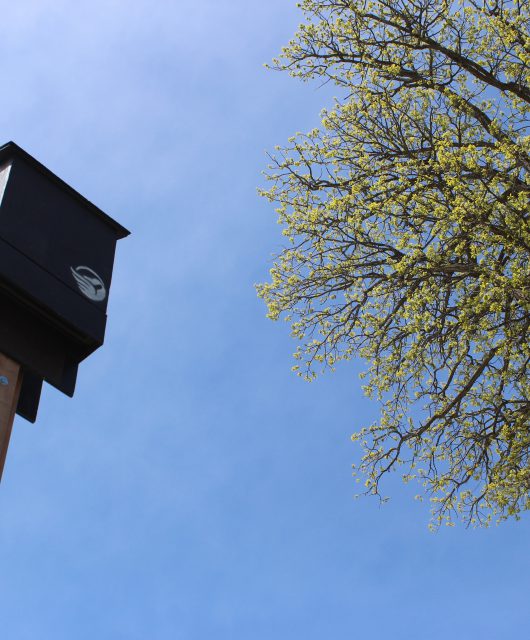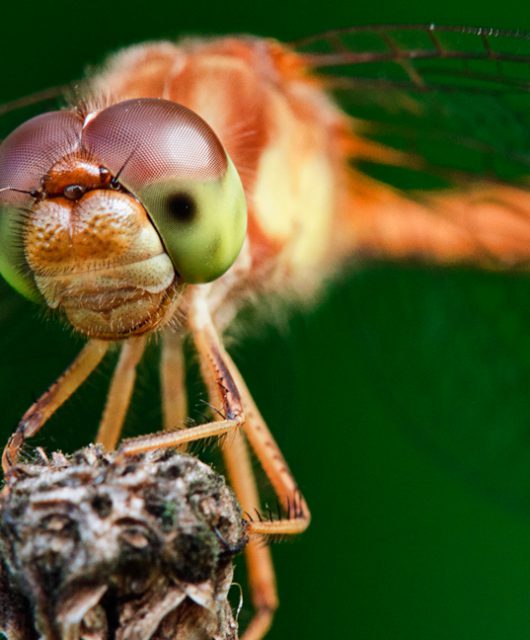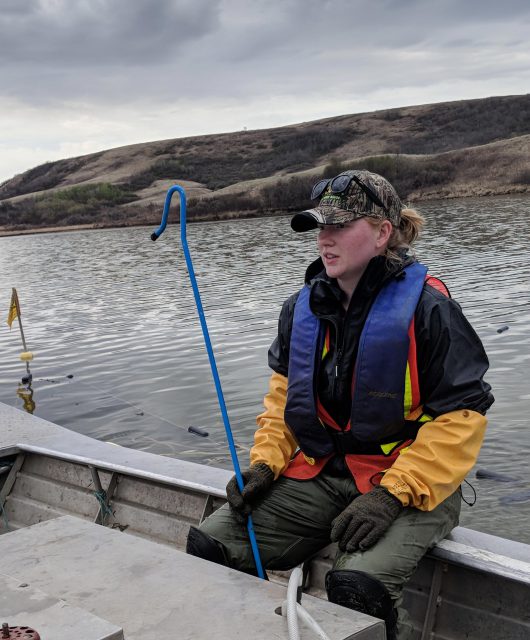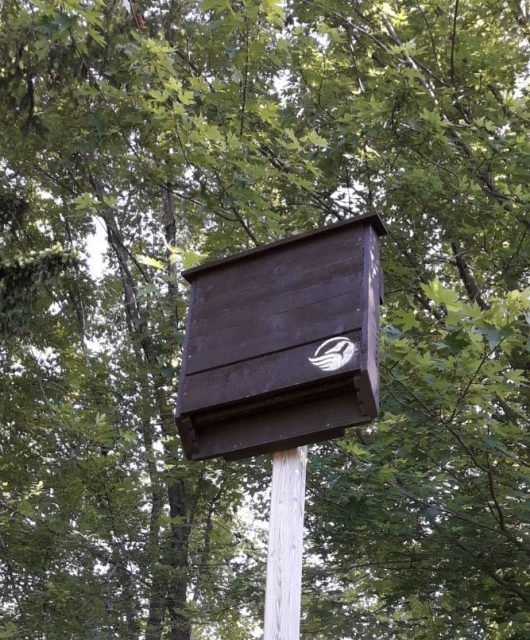Are roadsides, transmission lines and pipelines the key to pollinator conservation?
Canada’s network of rights-of-way — roadsides, transmission lines and pipelines — represent a unique opportunity for pollinator conservation. Along these corridors, vegetation needs to be maintained in short height, either to allow drivers a good sight line along roadways or to prevent trees from touching power lines. This is compatible with many of the native meadow wildflower species that pollinators need.
 However, current methods of managing vegetation on rights-of-way include regular mowing, herbicide spraying and seeding alien invasive grasses. With thoughtful modification of these practices, vegetation on rights of way could provide habitat and nourishment for thousands of declining pollinator species like wild bees, flies, wasps, moths, butterflies and beetles.
However, current methods of managing vegetation on rights-of-way include regular mowing, herbicide spraying and seeding alien invasive grasses. With thoughtful modification of these practices, vegetation on rights of way could provide habitat and nourishment for thousands of declining pollinator species like wild bees, flies, wasps, moths, butterflies and beetles.
Buzz Kill
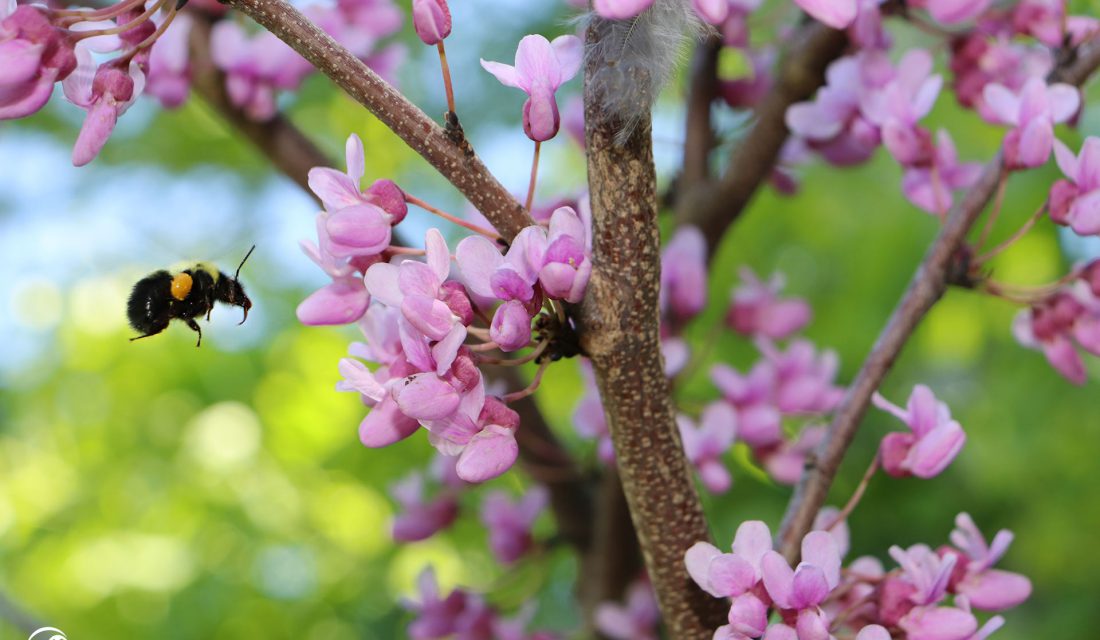 Pollinator conservation is critical because there is a global decline in wild pollinators. This is very concerning because pollinators are responsible for one out of every three bites of food we take. They also ensure reproduction of over 90 per cent of flowering plants in the world. That is a staggering task. These insects are vital not only to our existence as human beings but to our planet. This decline in native pollinators is a serious problem that requires immediate action.
Pollinator conservation is critical because there is a global decline in wild pollinators. This is very concerning because pollinators are responsible for one out of every three bites of food we take. They also ensure reproduction of over 90 per cent of flowering plants in the world. That is a staggering task. These insects are vital not only to our existence as human beings but to our planet. This decline in native pollinators is a serious problem that requires immediate action.
Springing to Action
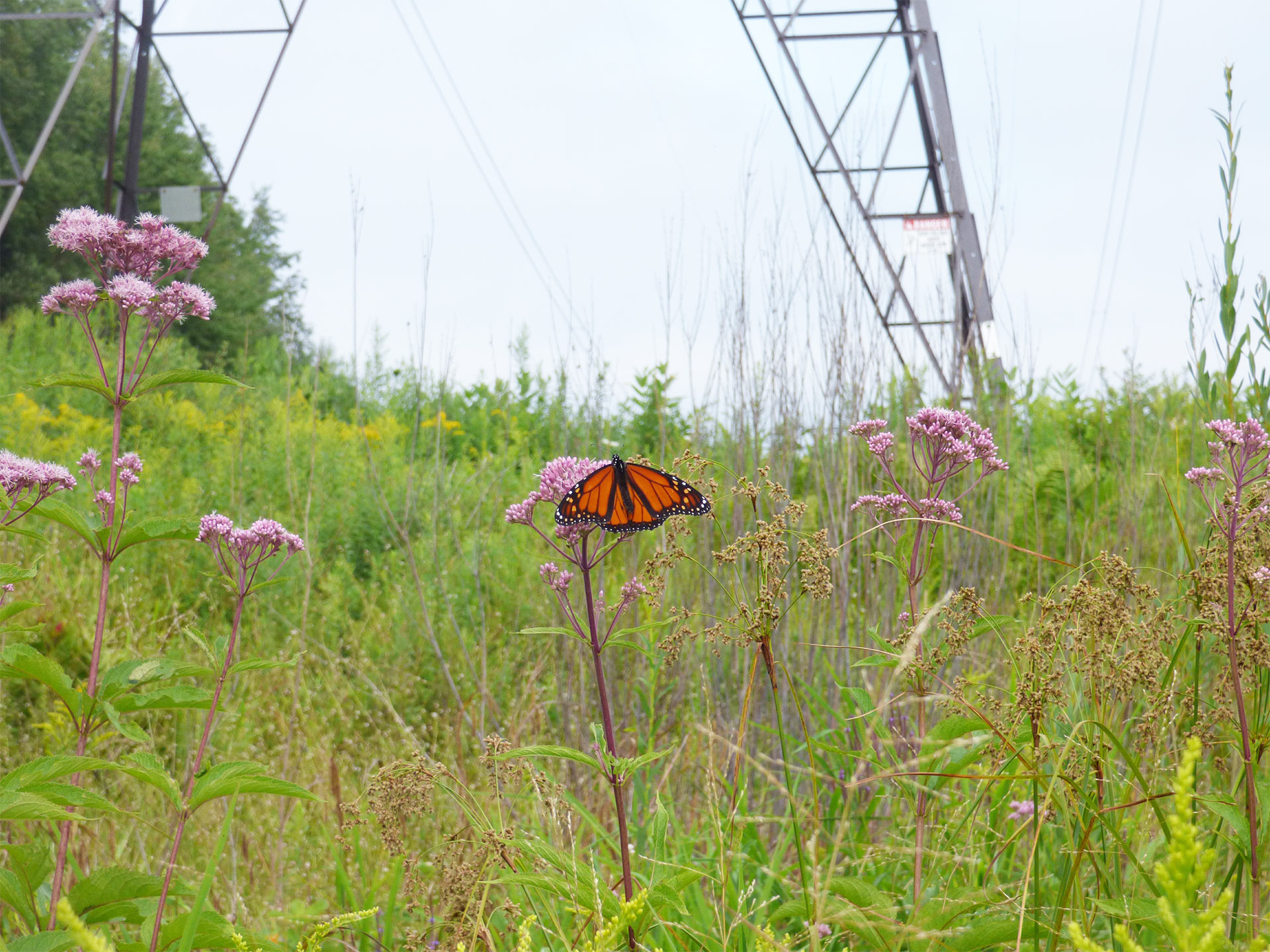
The Canadian Wildlife Federation is taking a comprehensive approach to restore pollinator populations. Thanks to funding from the Ontario Trillium Foundation, our Rights-of-Way Habitat Restoration program is leading the way to support new ways of approaching vegetation management. We are building a network of managers in that can support each other as they change their practices to restore habitat as well as partnering with ROW managers to restore habitat in eastern Ontario.
Canada is home to 1.4 million kilometres of roads and that is an incredible opportunity to provide habitat for struggling pollinator species. Better yet, we are partnering with ROW managers in the United States, in recognition of the fact that many pollinators, like Monarch Butterflies, migrate across international borders and require the right of way in their entire range.
Wild About Flowers
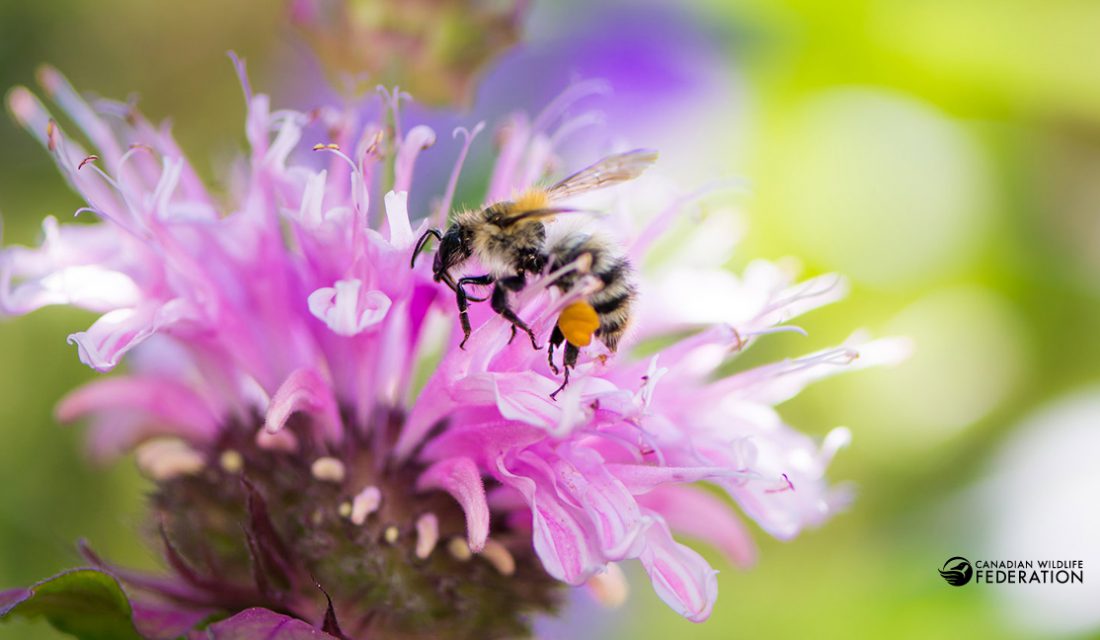 The beauty of our rights of way program is that we have designed approaches for active and passive restoration. Active means planting native wildflower seeds and passive essentially means reducing mowing and spraying. If you are choosing the active approach, consult a local plant list to choose the species that are native to your area. Choose a range of flowering species to provide continuous pollen and nectar sources from late May to September. Choose carefully to ensure your mix includes both early and late flowers to sustain pollinators. For ROW, choose as many species as possible. Aim to include at least 20 to 40 species for most right of way sites. Remember that adding more species is more effective than adding more seed. Select about 60 per cent wildflowers to about 40 per cent native grasses. Select by species rather than weight, as seed weights very from light to heavy.
The beauty of our rights of way program is that we have designed approaches for active and passive restoration. Active means planting native wildflower seeds and passive essentially means reducing mowing and spraying. If you are choosing the active approach, consult a local plant list to choose the species that are native to your area. Choose a range of flowering species to provide continuous pollen and nectar sources from late May to September. Choose carefully to ensure your mix includes both early and late flowers to sustain pollinators. For ROW, choose as many species as possible. Aim to include at least 20 to 40 species for most right of way sites. Remember that adding more species is more effective than adding more seed. Select about 60 per cent wildflowers to about 40 per cent native grasses. Select by species rather than weight, as seed weights very from light to heavy.
Here are a few native species families/groups to consider:
- Asters
- Bergamot
- Black-eyed Susans/Coneflowers
- Fireweed
- Goldenrods
- Milkweeds
- Strawberries
- Sunflowers
CWF has developed a guidebook for rights-of-way management with several options for active and passive approaches. Visit HelpThePollinators.ca.

